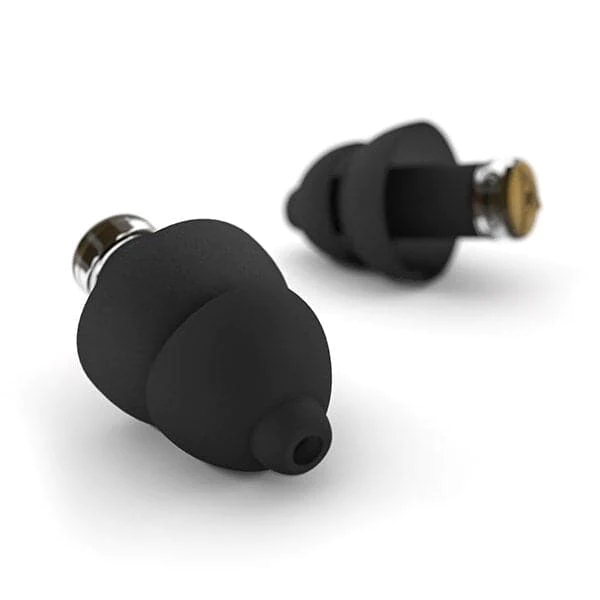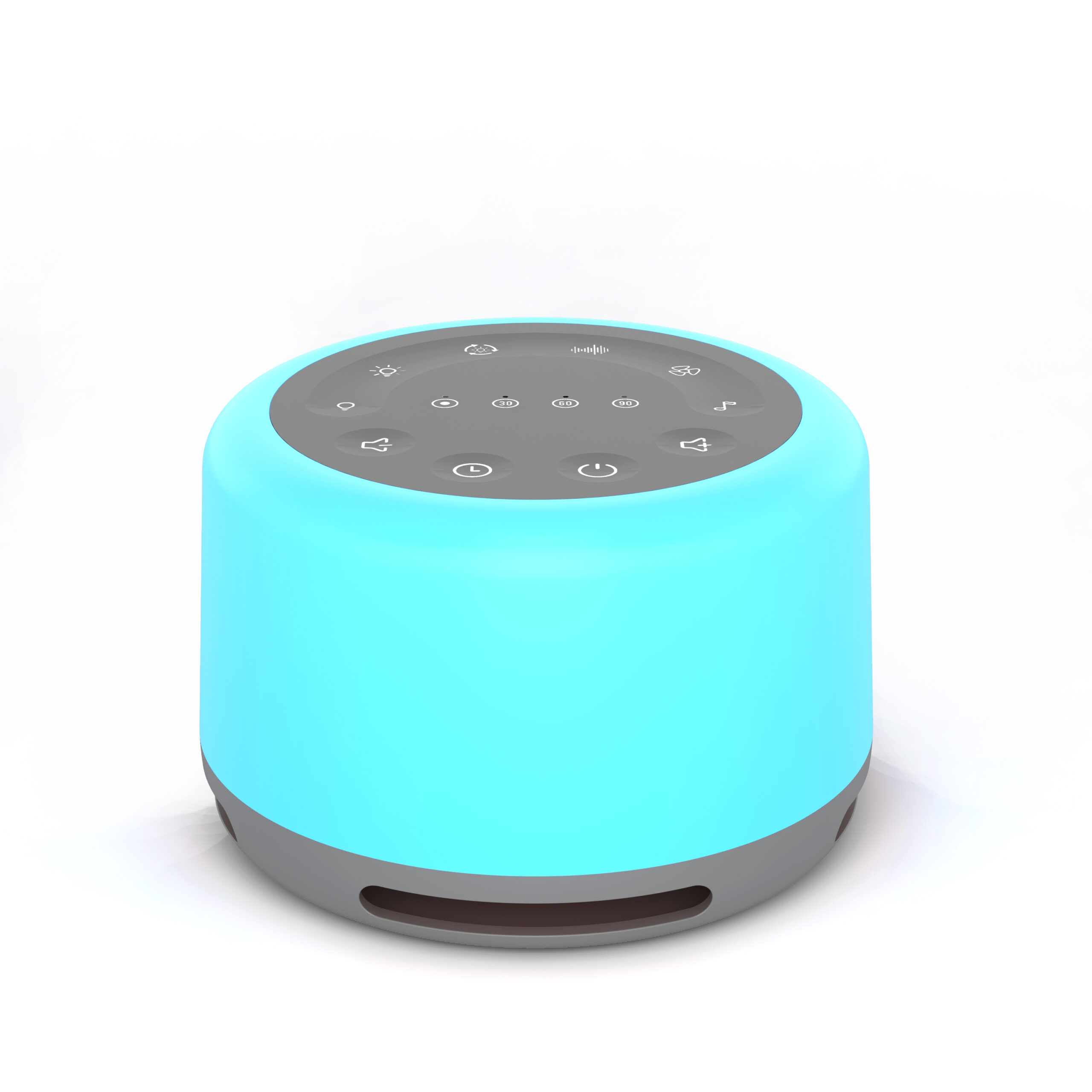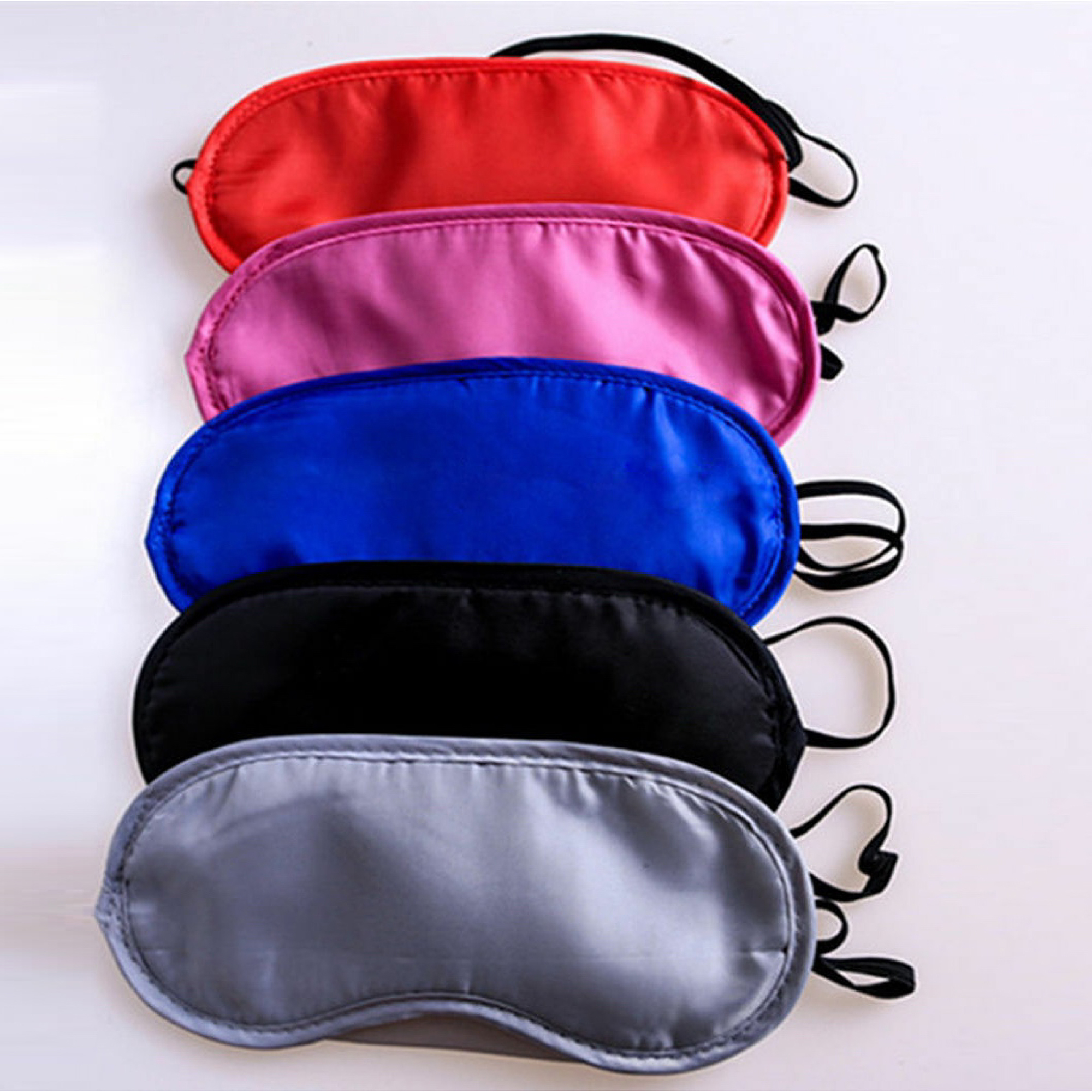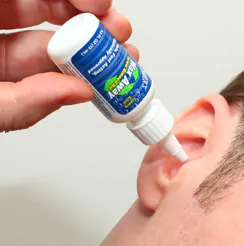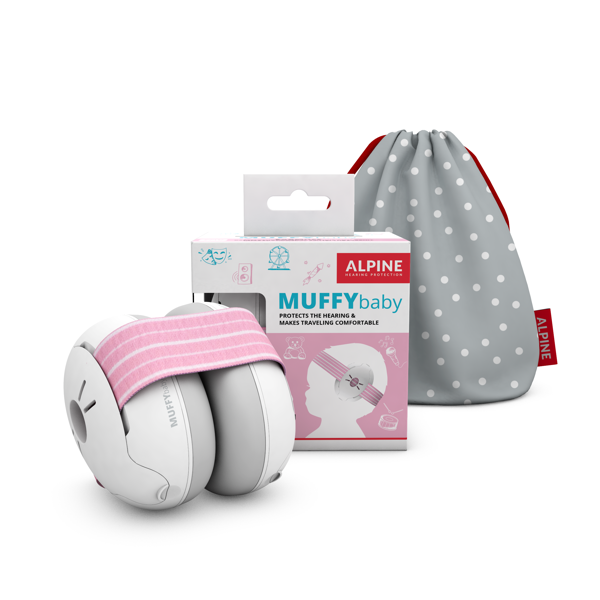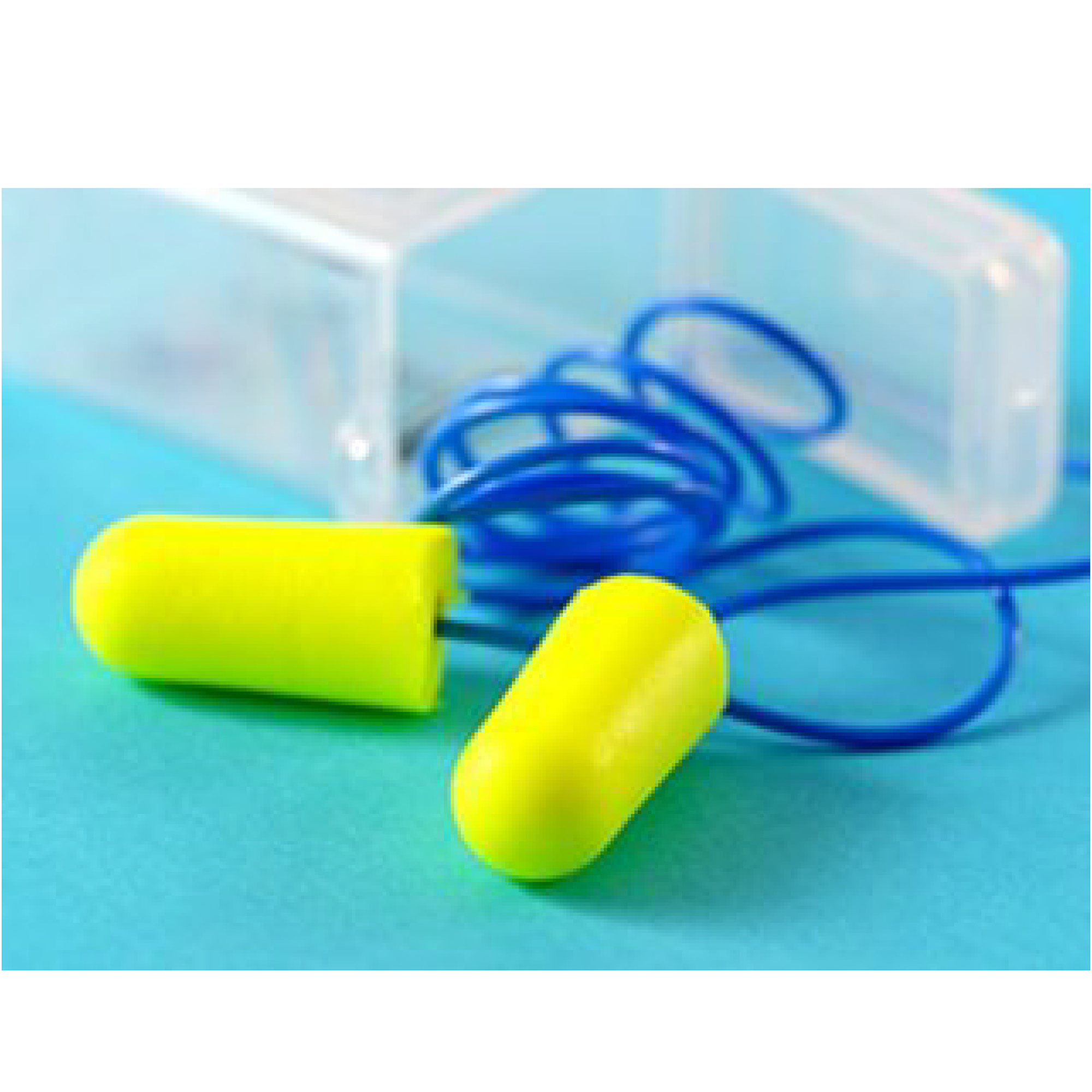Blog
How Can An Autistic Child Sleep Better?
- Daniel Hastings
Table of Contents
Sleep is essential for us to help our body repair and maintain the overall health and fitness of our mind and body; evidence suggests that sleep deprivation can greatly intensify autism characteristics for someone with ASD. In 2015, according to the survey of the Australian Bureau of Statistics (ABS) Survey of Disability, Ageing and Carers (SDAC), there were 164,000 Australians who had suffered from autism. Sleeping with autism is really a problem.
It is not uncommon for people with Autism Spectrum Disorder (ASD) to have sleeping problems. People with Autism Spectrum Disorder (ASD) are often hypersensitive to noise; this can make it difficult for them to get to sleep and also for them to remain asleep throughout the night.
Our aim is to foster awareness, providing insights into the sleep patterns and experiences within the autism community.
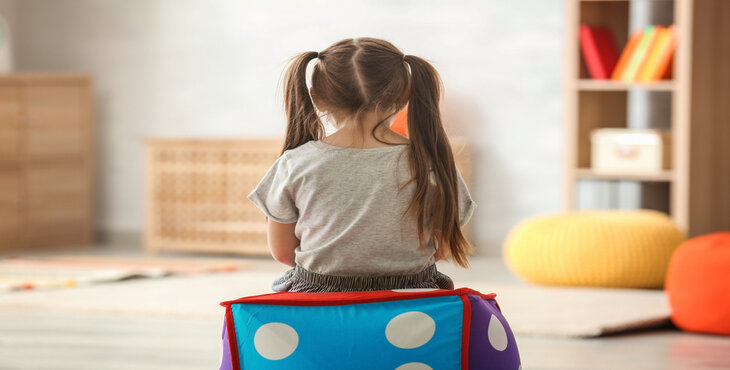
What Sleep Problems Are Common With Autism?
Sleep problems are highly prevalent in children with autism spectrum disorder (ASD), with a significantly higher occurrence compared to neurotypical children. Research indicates that approximately 40% to 80% of children with ASD experience some form of sleep difficulty.
1. Insomnia
Many individuals with autism may struggle with falling asleep, staying asleep, or experiencing restless sleep patterns.
2. Delayed Sleep Onset
Difficulty initiating sleep at the desired bedtime is a common issue. The internal body clock may not align with conventional sleep schedules.
3. Inconsistent Sleep Patterns
Erratic sleep routines and difficulties in maintaining a consistent sleep-wake cycle can disrupt overall sleep quality.
4. Sensory Sensitivities
Hypersensitivity to sensory stimuli, such as light, sound, or touch, can contribute to difficulty in settling down for sleep or being easily awakened during the night.
5. Coexisting Conditions
Conditions often associated with autism, such as anxiety, ADHD, or gastrointestinal issues, can contribute to sleep disturbances.
6. Night Awakenings
Waking up during the night and facing challenges in returning to sleep is a common occurrence.
7. Sleep-Related Breathing Disorders
Some individuals with autism may experience sleep-related breathing issues, like sleep apnea.
How Are Sleep Problems Diagnosed?
Some common steps to diagnose autism are:
- Clinical Evaluation
- Sleep Diary
- Parent/Caregiver Interviews
- Behavioral Observation
- Medical Examination
- Sleep Studies (Polysomnography)
- Screening for Coexisting Conditions
How Can Researchers Assess Sleep Problems in People With Autism?
Polysomnography, the gold standard in sleep tests, extensively monitors brain waves, eye movement, and breathing during sleep. Typically conducted in a lab with multiple sensors and wires, its complexity may be impractical for individuals with autism who thrive on bedtime routines. Some researchers innovate by bringing polysomnography equipment into homes, adapting to the unique needs of those on the spectrum.
Actigraphy, resembling a wristwatch, offers a less intrusive option for recording nighttime movements. This device, usable at home, tracks sleep duration. Interviewing families or maintaining sleep diaries are other methods, albeit susceptible to memory-related errors.
8 Ways Of Preparing Bed To Help Your Autistic Child
Helping your child relax and prepare for sleep each night is so important; this time before bed needs to be a vital part of your daily routine.
The following suggestions assist a child, especially one with ASD, in knowing that it is time for bed.
1. Quiet Time
People with ASD can easily become stimulated by sound and or activity, especially before bed. It is good to have some quiet time to slow down the mind and body at least 30 minutes before bedtime.
Keep your voice soft and slow, and turn down any additional background noise, such as televisions in another room. This moment could be a great time to read a calming book and keep expressions down to avoid alertness peaks.
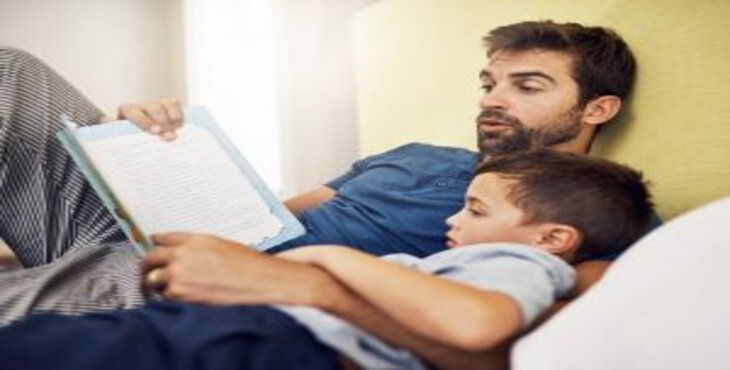
2. No Stimulants Before Bed
It is unwise for anyone to add more stimulation to their bedtime routine than necessary. This includes the use of caffeine, sugar, or other food types that may increase energy, especially taking into consideration the use of electronic tablets, smartphones, etc.
Blue light from phones, tablets, televisions, and computers can suppress melatonin levels; melatonin is a hormone that your brain produces in response to darkness and helps signal to your brain that it is time for sleep.
3. Keep Bed For Sleeping
Doing this helps your mind and body acknowledge the bed and your bedroom as a place for rest; it’s also another great cue to signal that it is time for bed.
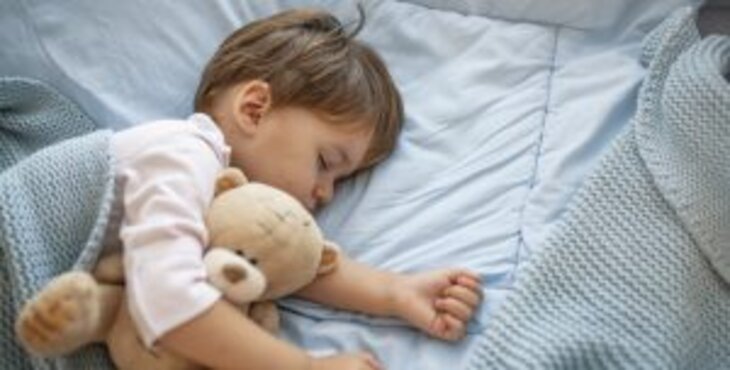
4. Keep Light To A Minimum
People with ASD can be sensitive to light, so keeping the bedroom nice and dark helps make it easier to fall asleep. Make sure you have light-blocking curtains to keep street lights, the moon, and the sun in the early hours of the morning from shining in to wake.
Keeping the room in complete darkness will help provide a room more conducive to sleep, so if possible dim all lights from bedside clocks, hallways shining under the bedroom door, etc. We know of many people who love to wear a Sleep Mask to help block light for sleeping; this also adds another sleep cue and is done as part of your sleep routine.
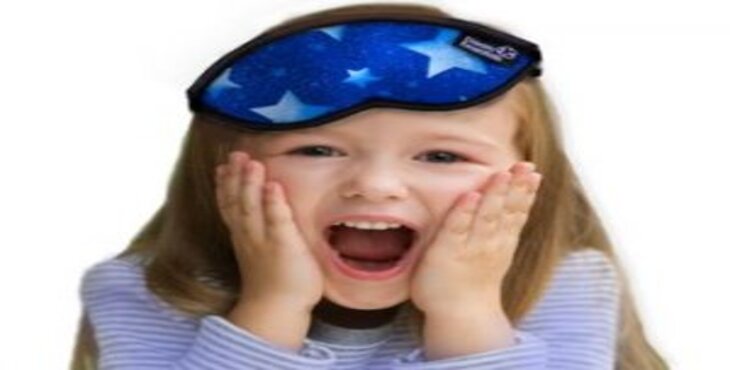
5. Use White Noise
Sound machines generate soothing white noise and mask unwanted sounds to create a sense of calm and relaxation. The white noise or sound machine being switched on also aids as another instant “sleep cue.”
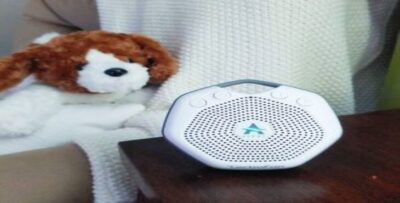
6. Put on a Humidifier with Lavender
Having the beautiful, sweet aroma of calming lavender misting into the air throughout the bedroom is a great signal that it’s time to sleep. Lavender has been shown to promote calmness and wellness and is often used for meditation, massage, and sleep.
It doesn’t have to be lavender; you can use whatever aromatherapy oils you like; whatever your person’s favorite fragrance is fine. It can also help reduce stress & anxiety.
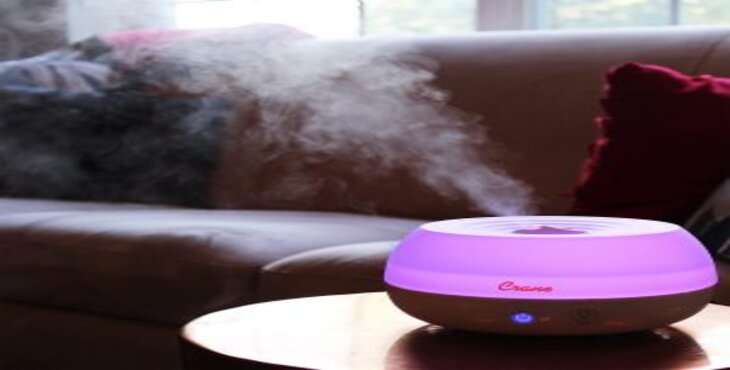
7. Massage
A nice, soothing massage can be very calming and relaxing before bedtime. It doesn’t have to be a massage with oil; it could just be lightly brushing your child’s skin gently with your fingertips or nails or with a hairbrush or backscratcher or softly tickling their face or forehead.
Massage and being touched trigger the release of positive hormones that can help you feel calm, give you a sense of well-being and reduce anxiety.
8. Sleep Routine
Develop a regular sleep routine and try not to alter this when and where possible. Brushing teeth at least half an hour before bed, then some quiet time in bed, perhaps by reading a book out loud, then turn off all the lights, switch on your white noise machine and humidifier, gently massage or run your fingers on your child’s back, arm or head.
9. Earmuffs for Noise Sensitivity
If your child is sensitive to noise, consider providing earmuffs to minimize disruptions and create a quieter sleeping environment.
How White Noise For Sleeping Helps With ASD?
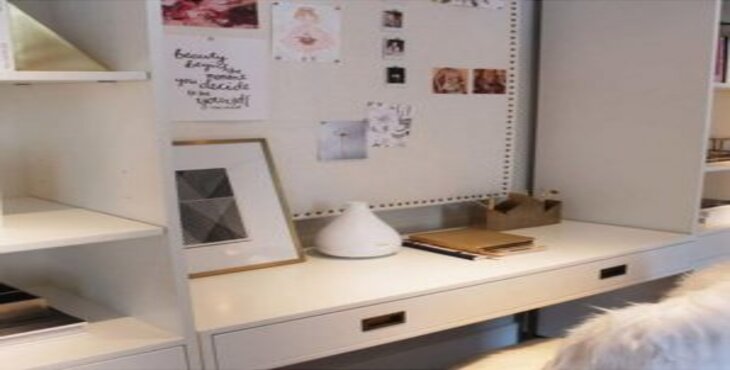
For individuals with Autism Spectrum Disorder (ASD), sleep can be elusive, often accompanied by sensory sensitivities and challenges. White noise emerges as a valuable aid in addressing these sleep difficulties.
1. Sensory Regulation
White noise, a consistent background sound resembling static, provides sensory regulation. It helps drown out unpredictable noises and creates a steady auditory environment, reducing the impact of disruptive sounds.
2. Enhanced Comfort
Autistic individuals often find comfort in routine. White noise establishes a predictable auditory backdrop, signaling bedtime and easing the transition to sleep.
3. Reduced Sensory Overload
Sensory sensitivities are common in ASD. White noise acts as a buffer, minimizing the impact of sudden or jarring sounds that might contribute to sensory overload and disturb sleep.
4. Improved Attention to Sleep
By masking ambient noises, white noise allows individuals with ASD to direct their attention away from potential disruptions, facilitating a more focused and relaxed state conducive to sleep.
5. Promoting Consistent Sleep Patterns
White noise can contribute to establishing consistent sleep patterns, an essential factor for individuals on the autism spectrum who often thrive on routine and predictability.
Conclusion
As we explored the intricacies of sleeping with autism, it became evident that understanding and empathy are essential companions on this path. From the complexities illuminated by polysomnography to the practical tips for preparing a sleep-friendly haven, each insight contributes to a deeper comprehension of the sleep landscape for those on the autism spectrum.
Let us carry forward the awareness gained, recognizing that behind each sleep challenge lies a unique story. It’s time to extend a hand of support, making the journey through the night a bit more tranquil for everyone.

